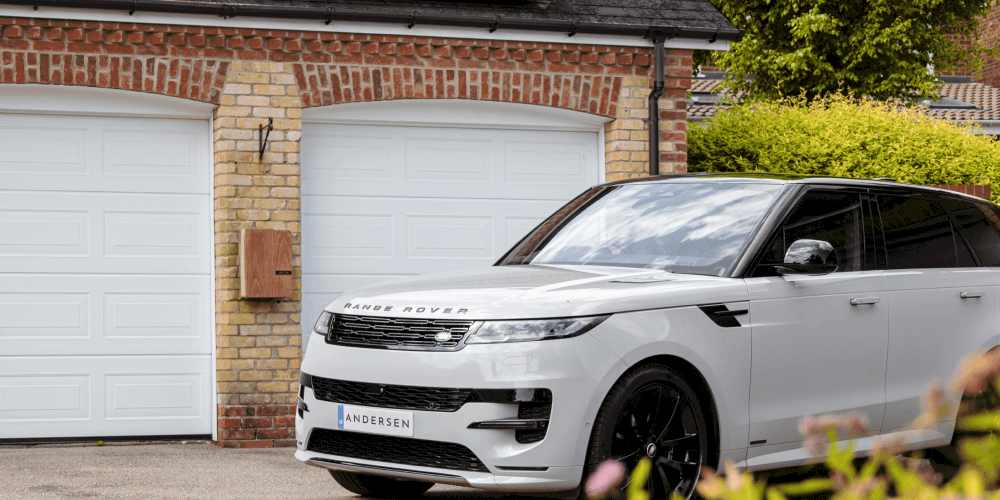Everything you need to know about electric vehicles and EV charging in Ireland
Ireland is accelerating towards a future of cleaner, low-emission transport—and electric vehicles (EVs) are central to that shift. If you’re thinking about switching to an EV or want to understand how EV charging works, this guide breaks it down clearly and concisely.
Why switch to an EV?
Electric vehicles offer a cleaner, quieter, and more efficient alternative to traditional petrol and diesel cars. They produce zero tailpipe emissions, helping reduce Ireland’s carbon footprint and improve air quality in our towns and cities. In addition to the environmental benefits, EVs are significantly cheaper to run. Electricity costs less than petrol per kilometre, and EVs have fewer moving parts—so maintenance is simpler and often less expensive.
Government supports also make switching more attractive. Incentives like reduced vehicle registration tax (VRT), grants for home chargers, and lower motor tax rates can help offset the upfront cost of a new EV. As more models enter the market and second-hand options grow, EVs are becoming increasingly accessible.
Types of EV chargers
| Charger type | Location | Charging speed | Best for |
|---|---|---|---|
| Slow (AC) | Home | 6–12 hours | Overnight charging |
| Fast (AC) | Public/workplace | 3–6 hours | Top-up during the day |
| Rapid (DC) | Motorways/service areas | 30–40 minutes (80%) | Long journeys |
EV charging options fall into three broad categories, each suited to different needs. Most home chargers are classified as “slow” or “fast” AC chargers. These are ideal for overnight charging and typically take between 6 and 12 hours, depending on your battery size and power supply. Public spaces like supermarkets and workplaces often offer faster AC chargers, which can top up a battery in a few hours while you go about your day.
For drivers on the go, “rapid” DC chargers are essential. Found along major roads and service stations, these units can charge an EV to 80% in as little as 30–40 minutes. While not designed for daily use, they’re perfect for longer journeys and are central to Ireland’s EV charging network expansion plans.
Ireland’s public EV charging network
Public EV charging infrastructure in Ireland has expanded rapidly. As of 2024, there are more than 2,000 publicly accessible charge points nationwide. Most are operated by ESB ecars, with additional coverage from EasyGo, Ionity, and Tesla. New charging hubs are being installed at motorway service stations, shopping centres, and even rural towns as part of the National EV Charging Network Plan.
This plan includes the rollout of high-powered chargers every 60 km along key routes to ensure range anxiety becomes a thing of the past. There’s also growing investment in destination charging at workplaces, public car parks, and tourist destinations, offering drivers more flexibility in their daily travel.
Installing a charger at home
Home charging is the most convenient and economical way to power your electric vehicle. If you have off-street parking, installing a wall-mounted smart charger is straightforward. It connects to your household fuse board and typically delivers a full charge overnight, especially if you’re using a night-rate electricity plan.
To install a home charger, you’ll need a registered electrician who can ensure the system meets SEAI standards. Many EV drivers prefer home charging for its reliability and lower cost per charge, making it the backbone of EV ownership for most people in Ireland.
EV charger grants in Ireland
The SEAI currently offers a grant of up to €300 for homeowners looking to install a home EV charger. You must apply through the SEAI website and receive a Letter of Offer before proceeding with the installation. Only smart chargers listed on SEAI’s approved register qualify for the grant.
This grant isn’t just for people who already own an EV—it’s available to homeowners who are planning to buy one, landlords, and people offering guest accommodation. It’s a great way to prepare your home for a more sustainable future while reducing upfront costs.
The future of EV charging in Ireland
Looking ahead, Ireland’s climate goals rely heavily on electric vehicles. The government aims to have one million EVs on the road by 2030. Achieving that requires not just more cars, but better infrastructure to support them. That includes rapid charging hubs, on-street residential chargers for people without driveways, and grid-smart technology to balance electricity demand.
As more private providers enter the market and public funding increases, the future of EV charging in Ireland looks bright. Whether you’re charging at home, at work, or on the road, there’s a growing network designed to keep your journey smooth and sustainable.




